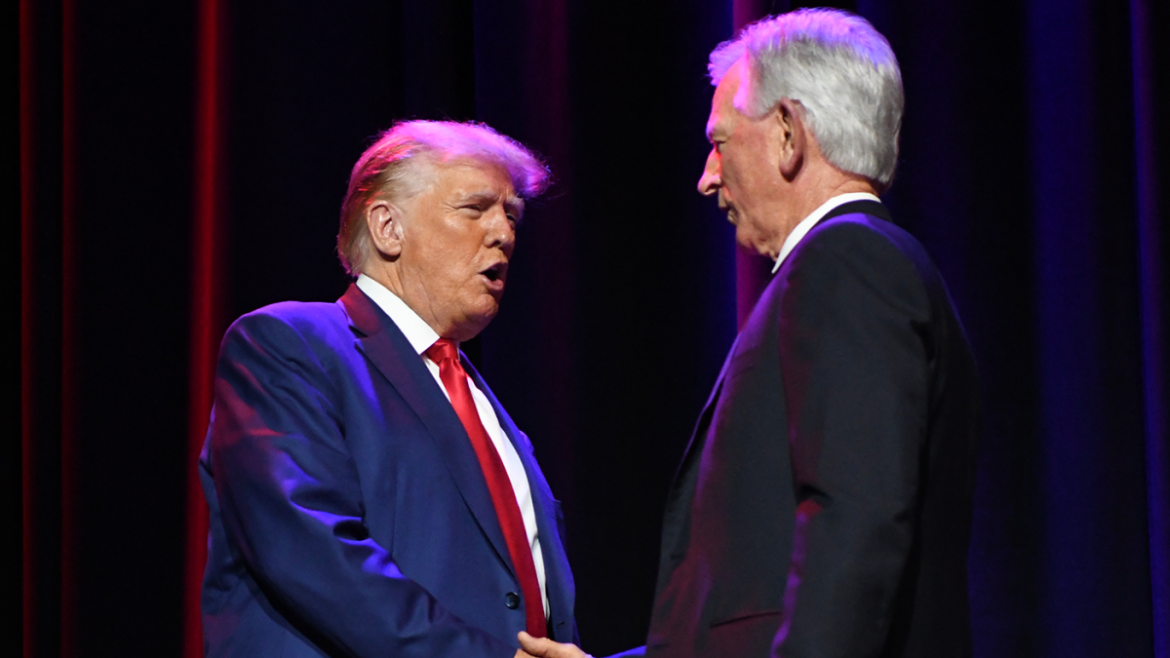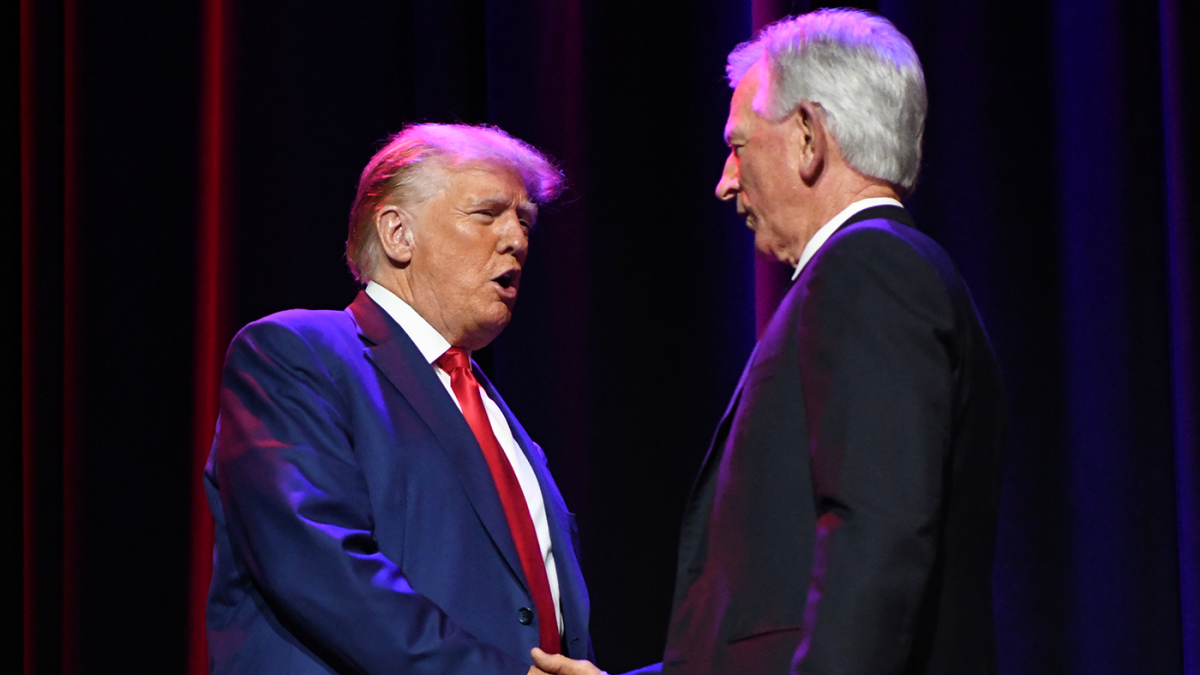The Dynamics of Donald Trump’s Initiative to Reform College Sports
The complex ecosystem of college athletics in the United States has recently entered a new phase of scrutiny and potential reform under the spotlight of Donald Trump’s administration. The former president’s push to address issues within college sports through the formation of a presidential commission signals a noteworthy intervention in a sector grappling with evolving challenges such as athlete compensation, governance, and regulatory compliance. This report delves into the origins of Trump’s involvement, the roles of key figures like Nick Saban, the controversies and doubts surrounding the initiative, and the implications for the future of college sports.
Genesis of the Commission: Motivations and Early Developments
Donald Trump’s interest in college sports reform did not emerge in a vacuum. Building on widespread discontent over the NCAA’s handling of Name, Image, and Likeness (NIL) policies, recruiting chaos, and financial inequities, Trump announced plans to create a presidential commission aimed at diagnosing and finding solutions for the systemic issues plaguing the industry. The commission’s establishment marks a formal recognition that college sports, a multi-billion-dollar enterprise, is facing disruptions that require federal attention.
Trump’s move was spurred, in part, by consultations with significant stakeholders, notably Alabama’s football coach Nick Saban, who was appointed co-chair of the commission. Saban’s involvement suggested an attempt to bridge perspectives from the athletic frontlines with governmental authority, aiming to lend both credibility and insider insight to the endeavor.
Key Issues Targeted by the Commission
The commission is positioned to tackle a spectrum of contentious topics:
– Athlete Compensation and NIL: The landscape of player remuneration has undergone seismic shifts since the loosening of NCAA restrictions on athletes profiting from their NIL. The Trump administration’s rescinding of a Department of Education memo on NIL payments adds complexity, accentuating the need for regulatory clarity.
– Governance and Legal Status: The NCAA’s role and regulatory authority have been questioned, particularly regarding the employment status of student-athletes. Legislative efforts and executive proposals, including the possibility of executive orders suggested by Trump after conversations with Saban, indicate a push toward redefining these relationships.
– Recruitment Integrity and Industry Stability: The “lawlessness” perceived in college recruiting demanded solutions that could restore order and fairness.
– Title IX and Gender Equality Concerns: The Trump strategy may challenge existing Title IX guidelines, creating tension between gender equity obligations and financial sustainability.
Divergent Views within the Sports Community
Despite the high-profile backing, the initiative has met with skepticism and reservation. Nick Saban himself has expressed ambivalence about the necessity of a presidential commission, questioning whether such a federal intervention is warranted or if it might complicate existing reform efforts.
Critics regard the commission as possibly symbolic rather than substantive, arguing that college athletics is undergoing a transformation too multifaceted to be solved by a political body. The prospect of an executive order to limit player compensation raises concerns about provoking legal entanglements and further uncertainty.
Moreover, voices within Congress and college sports stakeholders have raised questions about the genuine representation of athlete interests in the commission’s formation and whether the outcomes would lead to tangible change or simply reiterate existing challenges.
Potential Impacts and the Road Ahead
Should the commission proceed with momentum, its report and recommendations could influence legislation, NCAA policy, and executive actions with long-lasting ramifications for the collegiate sports landscape. The Trump administration’s willingness to leverage federal funding as leverage over academic institutions broadens the potential for integrated reforms that tie athletic and educational priorities.
The interplay of political power with college sports governance could usher in an era marked by both opportunity and tension, as reforms seek to balance athlete rights, institutional authority, and financial realities. The commission’s activities may shape debates surrounding athlete pay-for-play, Title IX enforcement, and the broader structure of college sports.
Conclusion: Navigating the Crossroads of College Sports Reform
Donald Trump’s pursuit to “fix” college sports through a presidential commission represents a landmark development, reflecting the stakes and complexities of reforming a deeply entrenched industry. While the initiative underscores a commitment to address urgent issues such as NIL regulations and recruiting integrity, its efficacy remains uncertain amid skepticism from influential insiders and the intricate legal and cultural landscape surrounding collegiate athletics.
As this political and athletic saga unfolds, the commission stands at a crossroads: it could either inject decisive, needed clarity into contentious areas or become another chapter in the protracted quest to resolve the very challenges it aims to tackle. The coming months will be pivotal in determining whether Trump’s approach reshapes the future of college sports, or if it highlights the limits of top-down reform in a system driven by competing interests and ancient traditions.





